If you’ve ever wondered why some herbs thrive next to others and some just seem to wither you’re not alone. Herb pairing isn’t just about flavor in the kitchen; it starts in the garden. When you plant the right herbs together, they support each other’s growth, ward off pests naturally, and make your gardening experience easier and more rewarding.
Let’s dig into the top herb pairings that not only grow better together but also create a healthier, more resilient garden.
What Exactly Is the Idea Behind Herb Pairing?
Herb pairing is part of a larger gardening concept called companion planting. It means placing certain herbs (and plants) close together so they can help each other thrive. Some herbs repel pests, while others attract pollinators or enrich the soil. The goal? A self-sustaining garden with fewer chemicals and more natural balance.
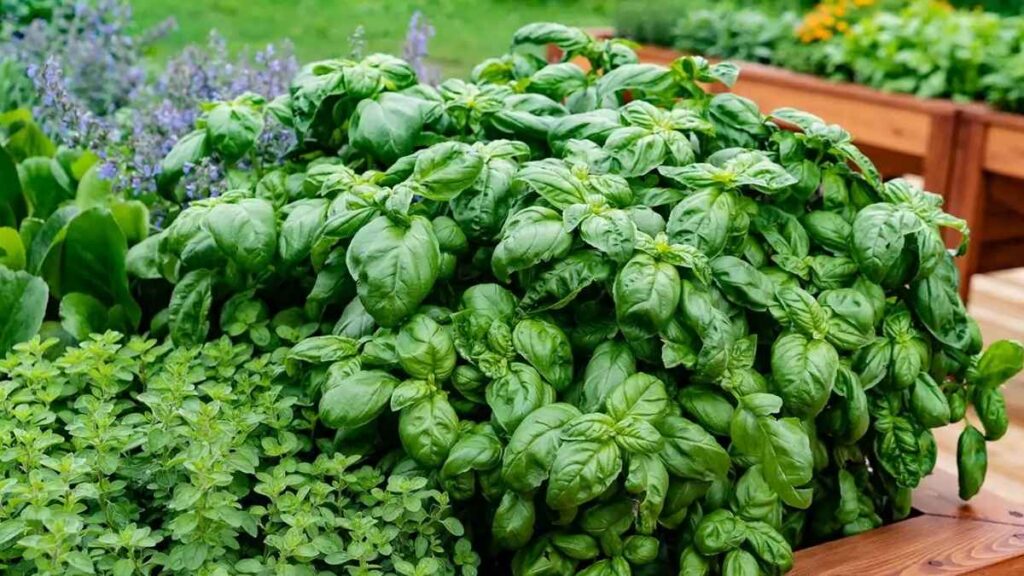
Think of it like giving your plants a good neighbor one that supports them instead of competing for nutrients or space.
What Is the Best Herb Pair for Natural Pest Control?
Basil + Tomatoes
These two are not just great together on a plate they’re perfect partners in the garden. Basil naturally repels pests like whiteflies, aphids, and hornworms, which love tomatoes. Plus, basil is thought to improve the flavor of nearby tomatoes.
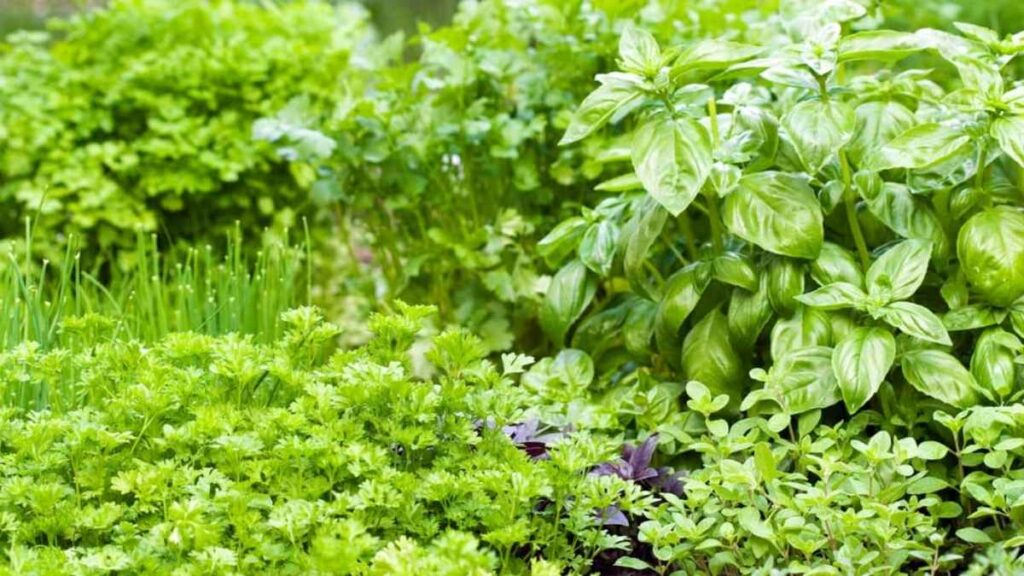
Pro tip: Plant basil around the base of your tomato plants, spacing them about 12–18 inches apart. You’ll get tastier tomatoes and fewer bugs.
What’s a Great Pairing for Boosting Soil Health?
Chives + Carrots (or Parsley)
Chives aren’t just for baked potatoes they’re great for your soil, too. When planted with root vegetables like carrots or even parsley, chives can help repel carrot flies and add mild antibacterial properties to the soil.
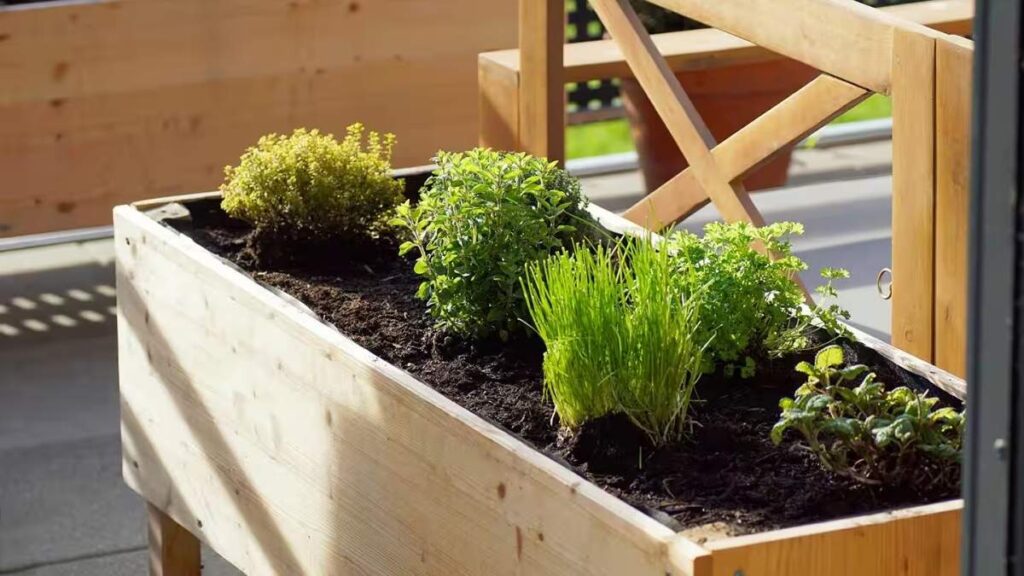
These pairs work well in smaller garden beds or container setups, too. Just give them enough light and airflow.
How IBR Herbs Benefit Each Other Through Shared Growth
IBR = Inter-Planting by Relationship (this isn’t a standard term, but let’s run with the vibe). Some herbs grow better when their root systems and foliage patterns complement each other.
Take cilantro + dill, for example. Cilantro grows low and wide, while dill grows taller and more upright. Together, they don’t compete for space and they attract beneficial insects like ladybugs and hoverflies.
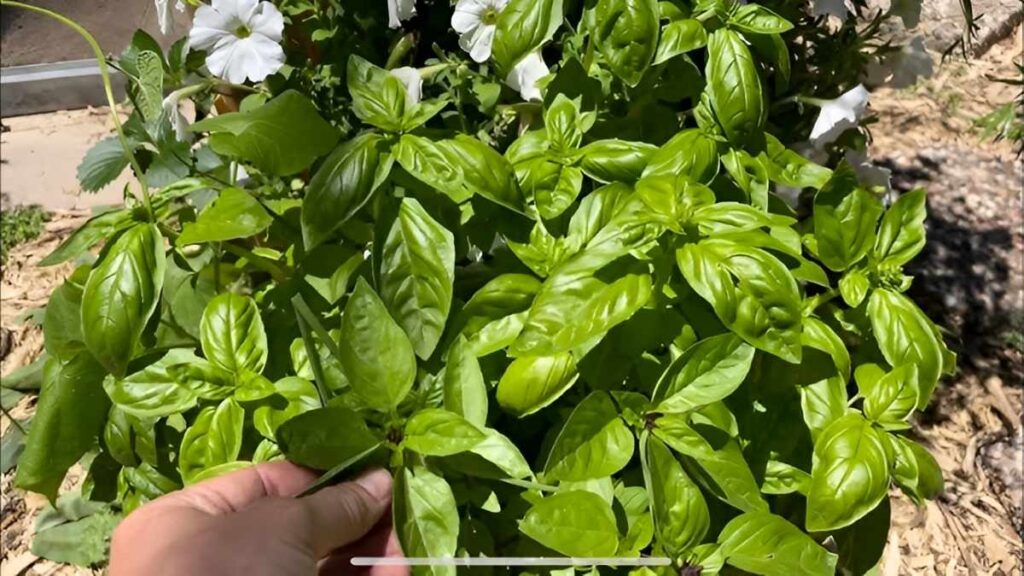
Planting them close means fewer pests and better pollination all naturally.
What They Are: The Best Fragrant Pair for Repelling Mosquitoes
Lemongrass + Lavender
Both of these herbs are powerful mosquito repellents and look beautiful in the garden. Lemongrass contains citronella, a well-known bug deterrent, while lavender offers calming aroma and anti-fungal properties.
They do best in warm, sunny spots and well-draining soil. Plant them near outdoor seating areas or paths to get the double benefit of beauty and function.
What Is the Ideal Pair for Fast, Easy Harvests?
Mint + Oregano
These herbs are both aggressive growers, which can be a good thing if you want lots of fresh leaves fast. They’re also drought-tolerant and thrive in similar conditions just give them room to spread.
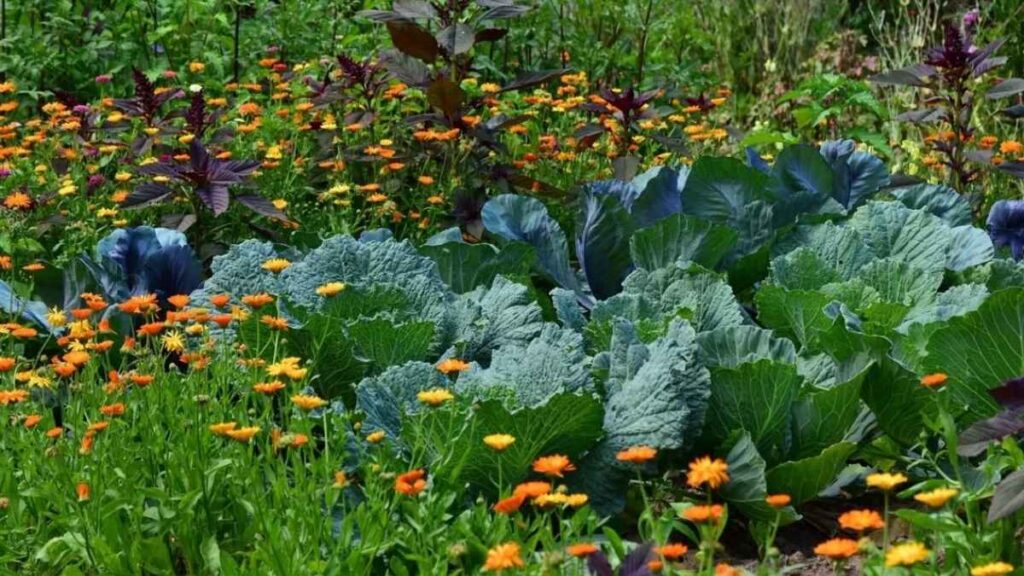
Important note: Mint spreads quickly and can take over a garden bed. To avoid this, plant mint and oregano in separate containers placed side by side. You’ll get the benefits without the chaos.
Quick Reference Table: Herb Pairing Benefits
| Herb Pair | Main Benefit | Best Planting Tip |
|---|---|---|
| Basil + Tomato | Pest control + flavor boost | Space 12–18″ apart in full sun |
| Chives + Carrots | Soil health + pest repellent | Plant along borders or interspersed |
| Cilantro + Dill | Shared growth + pollinators | Grow together in moderate sunlight |
| Lemongrass + Lavender | Mosquito repellent | Sunny spots, well-draining soil |
| Mint + Oregano | Fast harvests + low care | Use containers to control mint spread |
Conclusion: How Smart Pairing Makes Your Garden Healthier
Pairing herbs is more than a garden hack — it’s a way to grow smarter, not harder. When you group the right herbs together, they help each other stay healthy, resist pests, and even improve flavor. Whether you’re working with a big backyard or a few pots on a balcony, these pairings can make a huge difference.
Start small. Try one or two combinations from this list, and watch your garden thrive naturally.
FAQs: Common Questions About Herb Pairing
What herbs should never be planted together?
Avoid planting fennel near most herbs it can stunt the growth of others. Also, mint should not be planted directly with delicate herbs like parsley or cilantro due to its aggressive root spread.
When is the best time to plant paired herbs?
Spring and early summer are ideal, once the last frost has passed. This gives herbs time to establish before hot weather hits.
Why do herbs grow better when paired?
Some herbs deter pests, others attract pollinators, and some improve soil conditions. Pairing herbs combines these benefits naturally.
How can I pair herbs in containers?
Use wide pots or raised planters. Just make sure herbs have similar light and water needs for example, rosemary and thyme pair well in dry soil.
Can I grow all herb pairings indoors?
Yes, with enough light. South-facing windows or grow lights help. Container gardening works well for pairings like basil + oregano or chives + parsley.



